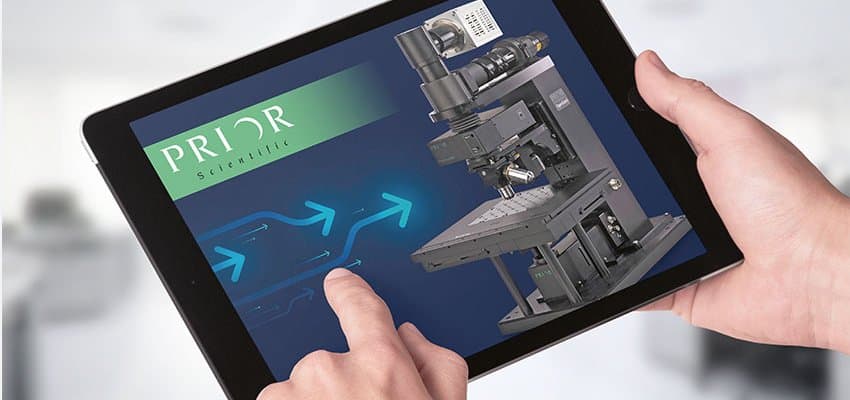When Prior Scientific a global leader in Scientific Microscopes wanted to explore their compressed air energy consumption, as well as the options for them to lower their carbon footprint, the devil was in the detail.
Cambridgeshire manufacturer seeks the truth about air usage
Prior Scientific designs and manufacturing precision positioning devices, optical systems, automation solutions, and components. They wanted to explore their energy consumption, specifically what they could do, to make their compressed air system more energy efficient. As you would expect from any business that makes precision data products, they went to market and had several suppliers data log their system and bring back proposals.
Several suppliers put forward new compressor solutions
The majority of air usage data logs supported the need for a new, more energy efficient compressor, which had greater capacity to meet the growing needs of the Cambridge based manufacturer. That was all except for one company, Cambs Compressors. Were they wrong? Did their data logs show the usage was acceptable? No, the data log recorded the same information as the alternative suppliers – the difference was in the prescription – because it looked at the root cause, not simply the symptoms.
The Carbon Handprint Approach
Reviewed in isolation, the data logs suggested that the most obvious solution was indeed a more energy efficient compressor with greater capacity. However, the devil is always in the detail. Which is why Cambs Compressors also review what is being used, why and and how. With a more comprehensive understanding of the whole air usage picture, Cambs demonstrated the system needs. Their proposal provided the evidence that mapping usage, fixing leaks, and reducing pressure for key activities (for example blow guns) will reduce noise levels, energy usage and deliver the results without the expense of a new compressor. Hence reducing their carbon footprint and energy costs.



